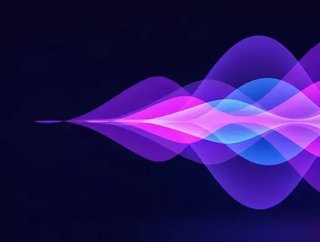What is graph AI?

AI isn’t a new phenomenon. It’s just become more useful with the advent of machine learning, or deep learning, and with the increased focus of businesses on collecting and mining data. But ML has limitations too, and those are what graph-based AI – or graph AI – promises to help with.
Confused about AI, ML, graph?
AI is about knowledge. Early AI had strict parameters and was used in highly specific ways. As you can imagine, that was costly to implement and relatively narrow in its scope. Then came machine learning – also known as deep learning – which uses statistical modelling to recognise similarities and anomalies in data, the latter being particularly useful for applications such as predictive maintenance. ML is great at pattern spotting. It can ‘learn’ what things should ‘look’ like and report when they do, or don’t. That means ML can be used to identify images, speech patterns and so on. Graph AI goes beyond that.
What are the limitations of machine learning vs graph AI?
Machine learning has taken quite a bit of flak for being biased, a problem caused by imbalance sets of training data, or simply poor quality training data. That is relatively easily fixed by employing more rigorous standards to the data fed into the ML at the training stage. A larger problem is that ML has a tendency to ignore contextual information, because it works best when its data are regarded in isolation. That means ML can miss things that would be staggeringly obvious to a human. More worryingly, it means the algorithms can be gamed by bad actors engaging in corporate sabotage or cybercrime.
What is graph AI?
Graph AI isn’t reinventing the AI wheel, but it is tuning the engine and fitting alloys. By pivoting to graph modelling, the AI can look across a number of different datasets to infer context and probe relational correspondence. That means when things change in one dataset, the AI doesn’t ring the alarm bell until it’s looked at corresponding anomalies in other relevant datasets to establish if, in fact, the problem is not isolated.
Where does graph AI get its data?
Anywhere, depending on the application. It could be meteorological data, or transactional data relating to specific customers. It could be social networks which can be mined for social insight. It could be traffic movement, content, scientific data or IoT. It could be all of these things combined and correlated to produce contextual graph-based AI that is aware of more than life inside its own training data ‘bubble’.
What can graph AI be used for?
In a word, everything. Graph neural networks are set to become a big trend in enterprise IT. The computational power required is awesome but the timely advent of edge/cloud means that is no longer a case of upgrading expensive hardware. And products capable of handling graph-based data analytics such as Microsoft Azure’s Cosmos DB and AWS’s Neptune are already on the market. Advances in network architecture twinned with a surge in the move to cloud is sure to accelerate adoption of this powerful new breed of AI.






